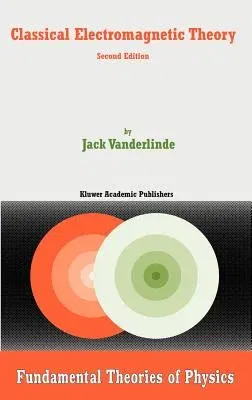Jack Vanderlinde
(Author)Classical Electromagnetic Theory (2004. Corr. 2nd Printing 2005)Hardcover - 2004. Corr. 2nd Printing 2005, 13 October 2004

Qty
1
Turbo
Ships in 2 - 3 days
In Stock
Free Delivery
Cash on Delivery
15 Days
Free Returns
Secure Checkout

Part of Series
Fundamental Theories of Physics
Part of Series
Fundamental Theories of Physics Fundamental Theories of Phys
Print Length
420 pages
Language
English
Publisher
Springer
Date Published
13 Oct 2004
ISBN-10
1402026994
ISBN-13
9781402026997
Description
Product Details
Author:
Book Edition:
2004. Corr. 2nd Printing 2005
Book Format:
Hardcover
Country of Origin:
US
Date Published:
13 October 2004
Dimensions:
23.39 x
15.6 x
2.54 cm
ISBN-10:
1402026994
ISBN-13:
9781402026997
Language:
English
Location:
Dordrecht
Pages:
420
Publisher:
Weight:
789.25 gm